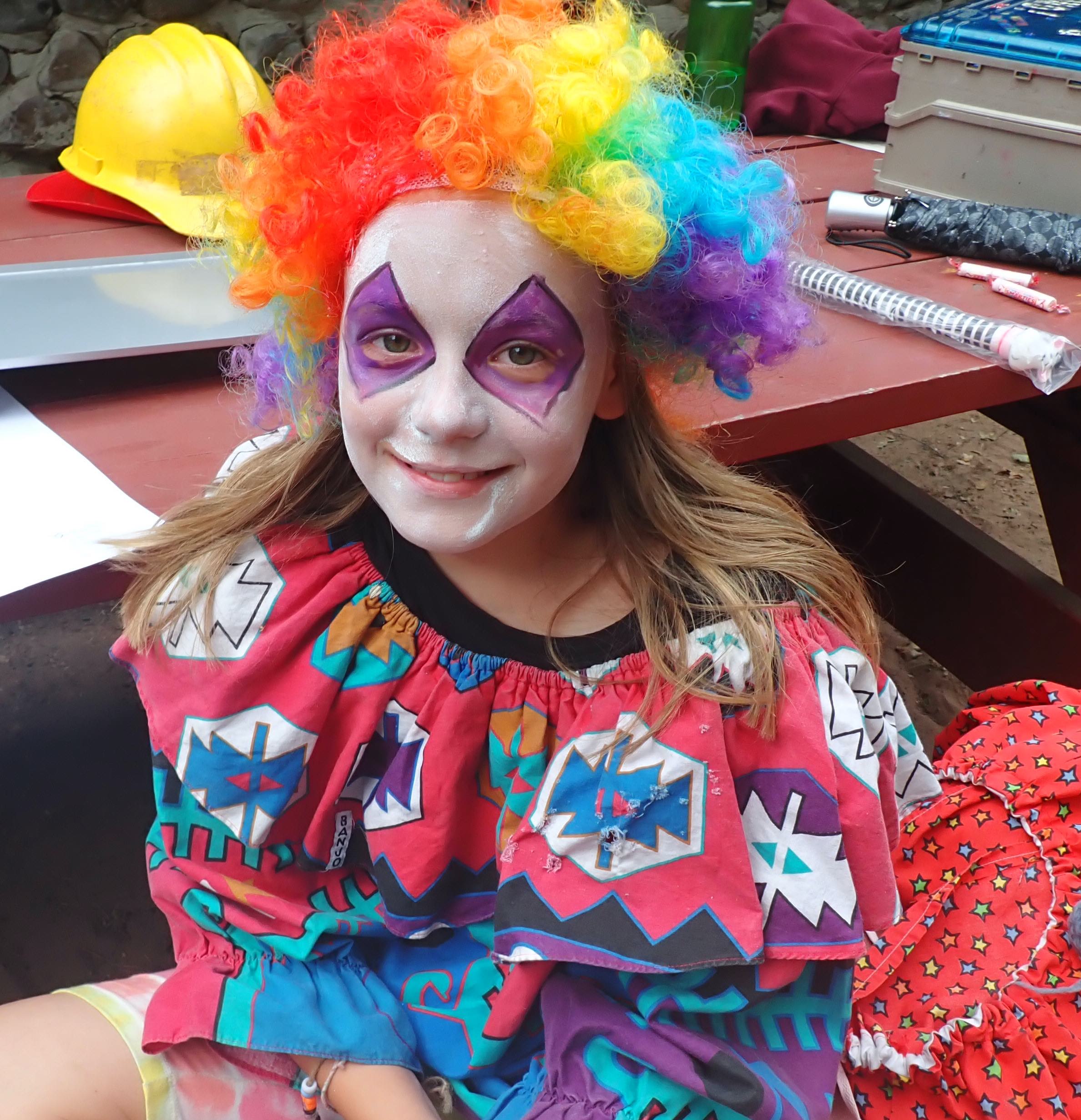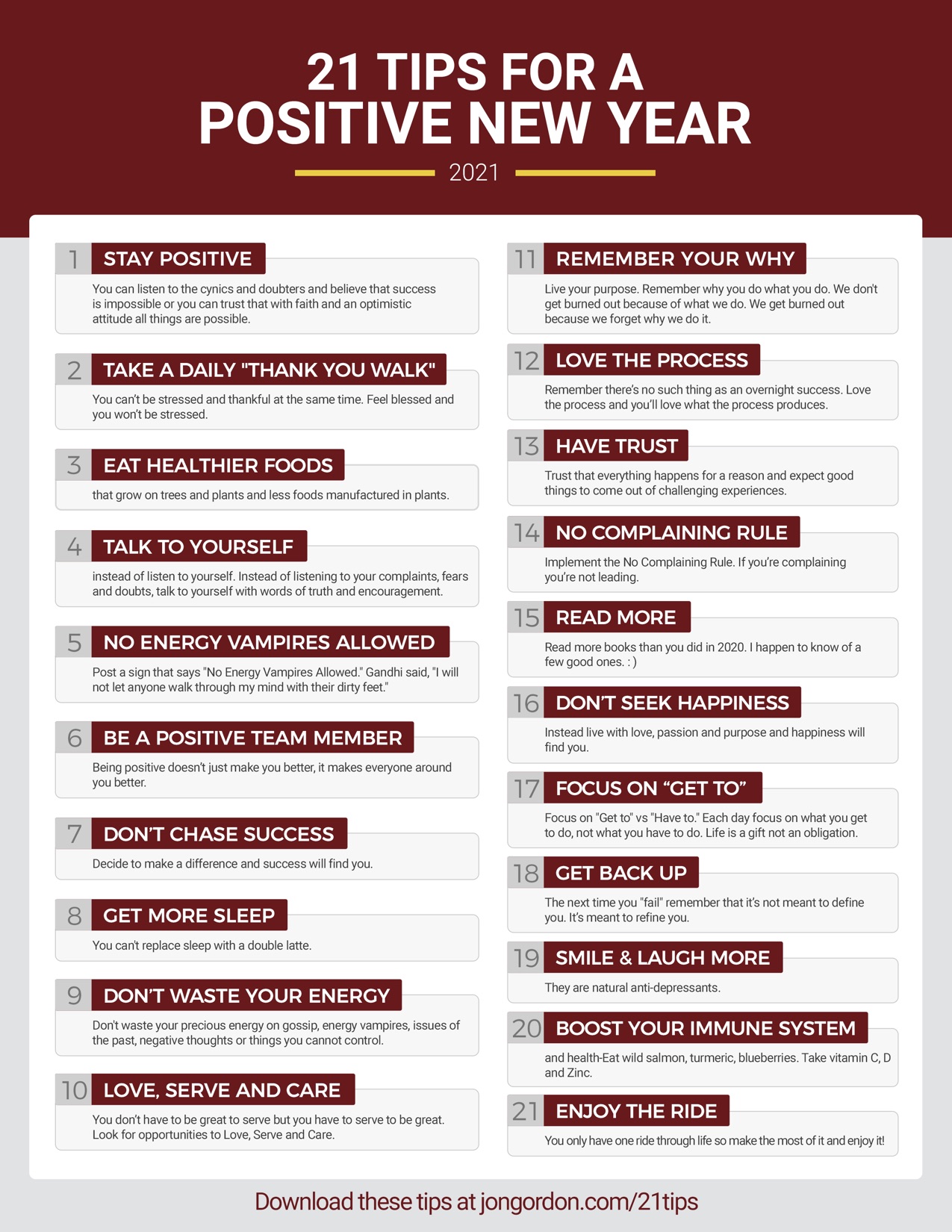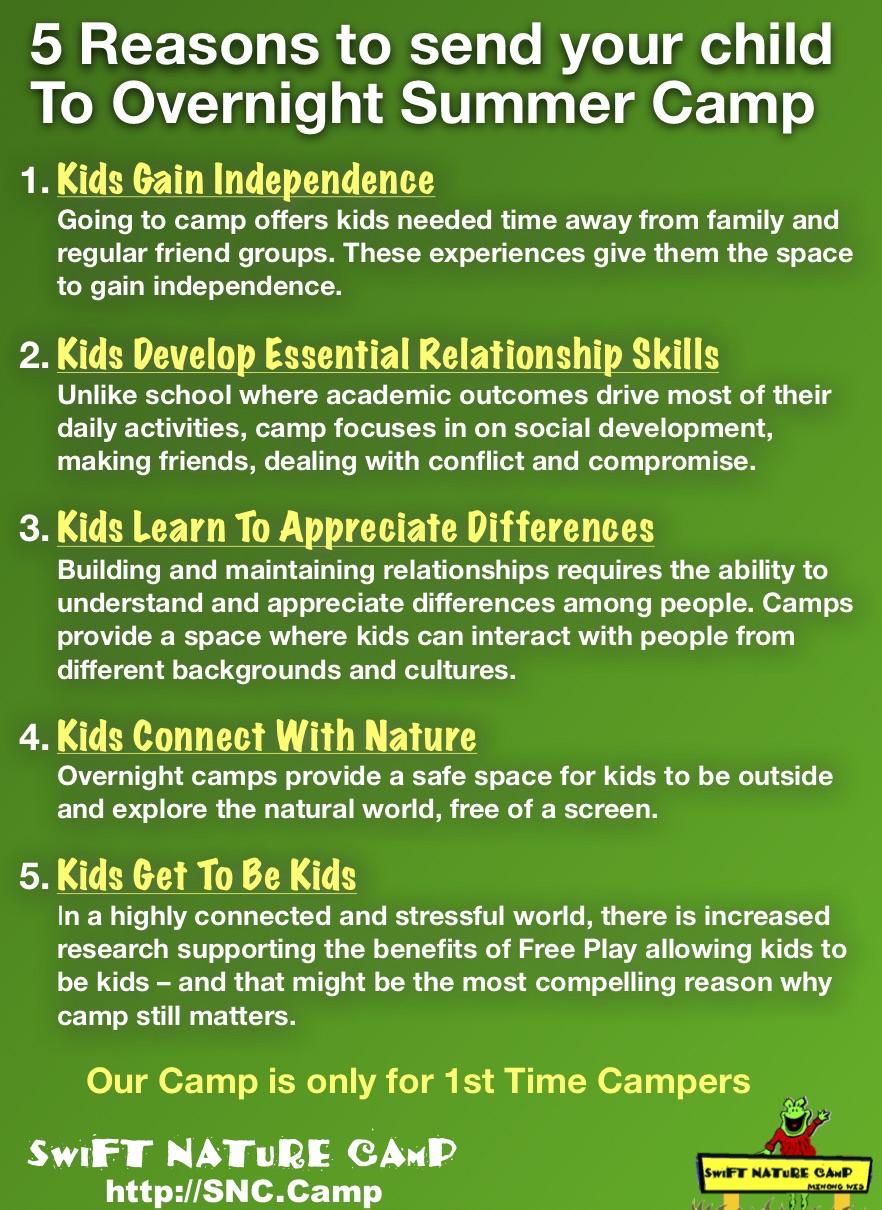Displaying items by tag: child development
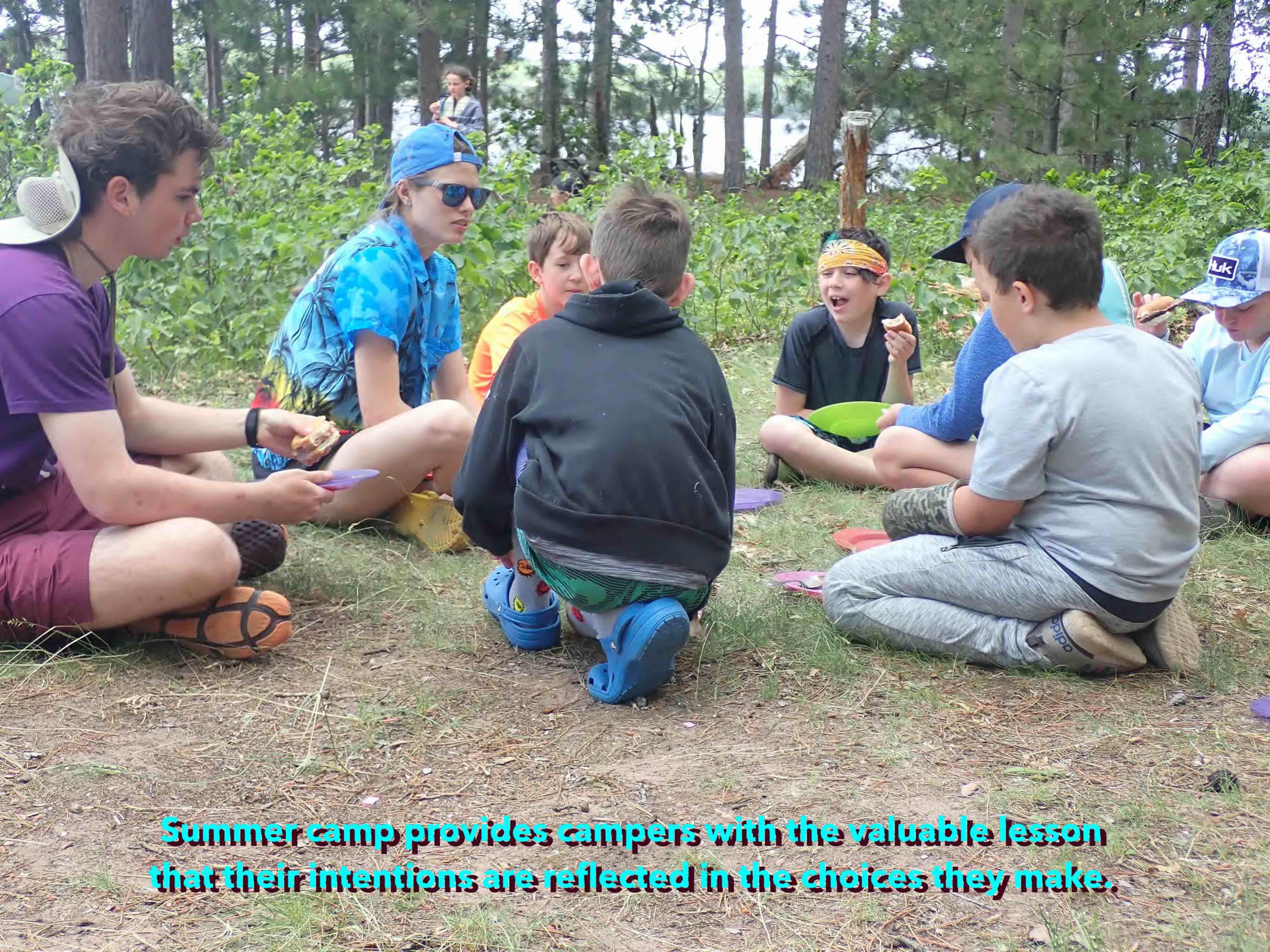 Overnight summer camp in Wisconsin is a unique environment that provides children and teenagers with the opportunity to learn many outdoor activities that are taught less often back home. At Swift Nature Camp in Wi. important life skills are also taught in a fun and supportive setting. One such skill is the lesson that our choices reflect our intentions.
Overnight summer camp in Wisconsin is a unique environment that provides children and teenagers with the opportunity to learn many outdoor activities that are taught less often back home. At Swift Nature Camp in Wi. important life skills are also taught in a fun and supportive setting. One such skill is the lesson that our choices reflect our intentions.
At residential summer camp, campers are often given the freedom to make choices independently, such as which activities to participate in or how to spend their free time. These choices provide valuable opportunities for campers to demonstrate their values and priorities.
When a camper chooses to participate in a challenging activity, such as rock climbing or canoeing, it shows their intention to push themselves outside of their comfort zone and grow as an individual. Similarly, choosing to help a fellow camper with a task or showing kindness towards others demonstrates an intention to contribute positively to the camp community.
On the other hand, choosing to sit out of activities or being unkind to others may reveal a different intention. A camper who chooses not to participate in activities may be signaling a lack of interest or a fear of failure. Similarly, a camper who engages in unkind behavior towards others may be reflecting negative intentions such as a desire for attention or a need to feel superior.
The lessons learned at summer camp can carry over into everyday life, where the choices we make have consequences and reflect our true intentions. In school, for example, a student who chooses to study diligently and participate in class demonstrates their intention to learn and succeed academically. Conversely, a student who chooses to skip class or engage in disruptive behavior may reveal an intention to avoid responsibility or seek attention.
In our personal lives, the choices we make reflect our intentions and values. A person who chooses to spend time with loved ones, volunteer in their community, or pursue a passion project demonstrates their intention to prioritize meaningful connections and personal growth. On the other hand, a person who consistently chooses to prioritize work over personal relationships or engages in self-destructive behaviors may reveal an intention to avoid confronting deeper issues or prioritize short-term gratification over long-term well-being.
Ultimately, the lesson that our choices reveal our intentions is an important one that can shape our character and guide our decision-making in all aspects of our lives. At summer camp, this lesson is emphasized through experiential learning, where campers are given the opportunity to make choices and witness the consequences of those choices firsthand.
By understanding the link between our choices and intentions, we can become more mindful and intentional in our decision-making, leading to greater personal fulfillment and positive impact in our communities. So, the next time you find yourself faced with a decision, remember the lesson learned at summer camp and ask yourself, "What do my choices reveal about my intentions?"
Learn More about Swift Nature camp at www.SNC.Camp
Each summer parent want to know the best way to prepare their child for overnight summer camp. We often give advice like: do sleepovers, go with out a phone for a weekend or even practice with what if senerios. But over the 25 years that we have run camp it is often the parents that need to change their mindset about parenting. Parenting is not about keeping your child happy all the time, it is about helping them to overcome adversity and be a productive part of society. The below book we have found to be some of the best when it comes to raising your child to be their best.
THE SUMMER CAMP HANDBOOK: EVERYTHING YOU NEED TO FIND, CHOOSE AND GET READY FOR OVERNIGHT CAMP-AND SKIP THE HOMESICKNESS
By Christopher A. Thurber, Ph.D. and Jon C. Malinowski, Ph.D.
There are many sound suggestions to help children adjust to camp, prepare for leaving home, become more independent, and enjoy the camping experience. The book also includes lists of questions to ask, checklists of things to consider, suggestions for helping children cope and prepare for opening day, and the sidebars are intelligible and helpful.
HOMESICK AND HAPPY: HOW TIME AWAY FROM PARENTS CAN HELP A CHILD GROW
By Michael Thompson, Ph.D.
An insightful and powerful look at the magic of summer camp and why it is so important for children to get away from home….if only for a little while.
BULLYPROOF YOUR CHILD FOR LIFE: PROTECT YOUR CHILD FROM TEASING, TAUNTING, AND BULLYING FOR GOOD
By Dr. Joel Haber, Ph.D. and Jenna Glatzer
This book delivers a practical, supportive, and step-by-step “bully proofing prescription.” It also provides specific steps to help children build resilience, confidence, compassion, and trust.
LAST CHILD IN THE WOODS: SAVING OUR CHILDREN FROM NATURE-DEFICIT DISORDER
By Richard Louv
In Last Child in the Woods, Richard Louv brings together cutting-edge studies that point to direct exposure to nature as essential for a child’s healthy physical and emotional development.
RAISING CAIN - PROTECTING THE EMOTIONAL LIFE OF BOYS
By Dan Kindlon, Ph.D. and Michael Thompson, Ph.D.
What do boys need that they’re not getting? This book illuminates the forces that threaten our boys such as the idea that “cool” equals macho strength and stoicism. Cutting through outdated theories of “mother blame,” “boy biology,” and “testosterone,” the authors shed light on the destructive emotional training our boys receive - the emotional miseducation of boys.
THE CONFIDENCE CODE: TAKING RISKS, MESSING UP, AND BECOMING YOUR AMAZINGLY IMPERFECT, TOTALLY POWERFUL SELF
By Katty Kay, Claire Shipman, and Jill Ellyn Riley
Many girls are consumed by self-doubt on the inside, especially during the tween and teen years, but if they can crack the confidence code, they can learn how to set worries aside and focus their energy on what’s really important: confidently pursuing their dreams and embracing their authentic selves.
As parents we all want to be the best parents we can be. Our goal is to help develop children who are kind, considerate, independant and can do things for themselves. In short, we want our children to be thier personal best. Yet, thier is one thing that every parent MUST remember. The video is a parent skill video that will help you help your child. The steps outlined are the same steps we train our camp counselors to do in helping a child. Watch this video to learn this helpful 4 step program.
As parents we all want the best for our child. We have goals and want them to be thier best. Yet, thier is one thing that every parent MUST remember. Do you know what that is? Watch this video to learn this helpful 4 step program.
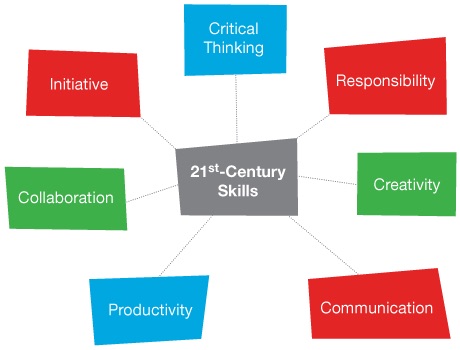
Overnight summer camp is more than Fun & Games. Sure, the plan is to have fun and make new friends. Research is showing that computers and robots will take away many jobs in the future. But what technology can not achieve, are the soft interpersonal skills. Living with others in a communal setting like camp provides campers to learn empathy, problem solving skills, leadership and independence.
The Top 10 Outcomes of Experiential Learning at Camp
“Camp is an experience every child deserves,” according to the American Camp Association (ACA), which accredits more than 2,400 camps serving more than 7.2 million children and teens. Specifically, ACA points to the "joy" kids experience when they make new friends and the inherent value in unplugging from their electronic devices, enjoying being out of doors, connecting with other young people, and learning about themselves.
And the ACA adds that, from a quantifiable perspective, the outcomes of a summer camp experience include the same skills that are needed in the 21st Century.
-
Friendship skills: Make friends and maintain relationships.
-
Independence: Rely less on adults and other people for solving problems and day-to-day activities.
-
Teamwork: Be more effective working in groups of peers.
-
Family citizenship: Gain attributes important to being a member of a family.
-
Perceived competence: Believe that they can be successful in the things they do.
-
Interest in exploration: Be more curious and eager to learn new things.
-
Responsibility: Learn to be accountable for their own actions and mistakes.
-
Affinity for nature: Develop feelings of emotional attraction toward nature.
-
Problem-solving confidence: Believe they have abilities to resolve problems.
-
Spiritual well-being: Develop purpose and meaning in life.
Gaining experience in these highly valued non-cognitive or soft skills will be life changers for today's youth. Cap provides a safe place to hone leadership and social entrepreneurship skills.
As a parent I often wonder when conflict happens at home, What should I do to be a good role model for my child. We recently found this article and think it is a great read for every parent.

What Happens to Kids When Parents Fight
By Diana Divecha | January 26, 2016 |
Conflict between parents is inevitable—but it doesn’t have to hurt kids. Here’s how to turn a disagreement into a positive lesson.
When I was a child, my parents’ fights could suck the oxygen out of a room. My mother verbally lashed my father, smashed jam jars, and made outlandish threats. Her outbursts froze me in my tracks. When my father fled to work, the garage, or the woods, I felt unprotected.
“Children are like emotional Geiger counters,” says E. Mark Cummings, psychologist at Notre Dame University, who, along with colleagues, has published hundreds of papers over twenty years on the subject. Kids pay close attention to their parents’ emotions for information about how safe they are in the family, Cummings says. When parents are destructive, the collateral damage to kids can last a lifetime.
My experience led me to approach marriage and parenthood with more than a little caution. As a developmental psychologist I knew that marital quarrelling was inevitable. According to family therapist Sheri Glucoft Wong, of Berkeley, California, just having children creates more conflicts, even for couples who were doing well before they became parents. “When kids show up, there’s less time to get more done,” she says. “All of a sudden you’re not as patient, not as flexible, and it feels like there’s more at stake.”
But I also knew that there had to be a better way to handle conflict than the one I grew up with. When my husband and I decided to have children, I resolved never to fight in front of them. “Conflict is a normal part of everyday experience, so it’s not whether parents fight that is important,” says Cummings. “It’s how the conflict is expressed and resolved, and especially how it makes children feel, that has important consequences for children.”
Watching some kinds of conflicts can even be good for kids—when children see their parents resolve difficult problems, Cummings says, they can grow up better off.
What is destructive conflict?
In their book Marital Conflict and Children: An Emotional Security Perspective, Cummings and colleague Patrick Davies at the University of Rochester identify the kinds of destructive tactics that parents use with each other that harm children:
- 1. Verbal aggression like name-calling, insults, and threats of abandonment;
2. Physical aggression like hitting and pushing;
3. Silent tactics like avoidance, walking out, sulking, or withdrawing;
Capitulation—giving in that might look like a solution but isn’t a true one.
When parents repeatedly use hostile strategies with each other, some children can become distraught, worried, anxious, and hopeless. Others may react outwardly with anger, becoming aggressive and developing behavior problems at home and at school. Children can develop sleep disturbances and health problems like headaches and stomachaches, or they may get sick frequently. Their stress can interfere with their ability to pay attention, which creates learning and academic problems at school. Most children raised in environments of destructive conflict have problems forming healthy, balanced relationships with their peers. Even sibling relationships are adversely affected—they tend to go to extremes, becoming over-involved and overprotective of each other, or distant and disengaged.
Some research suggests that children as young as six months register their parents’ distress. Studies that follow children over a long period of time show that children who were insecure in kindergarten because of their parents’ conflicts were more likely to have adjustment problems in the seventh grade. A recent study showed that even 19-year-olds remained sensitive to parental conflict. Contrary to what one might hope, “Kids don’t get used to it,” says Cummings.
In a remarkable 20-year-old study of parental conflict and children’s stress, anthropologists Mark Flinn and Barry England analyzed samples of the stress hormone cortisol, taken from children in an entire village on the east coast of the island of Dominica in the Caribbean. Children who lived with parents who constantly quarreled had higher average cortisol levels than children who lived in more peaceful families. As a result, they frequently became tired and ill, they played less, and slept poorly. Overall, children did not ever habituate, or “get used to,” the family stress. In contrast, when children experienced particularly calm or affectionate contact, their cortisol decreased.
More recent studies show that while some children’s cortisol spikes, other children’s cortisol remains abnormally low and blunted, and these different cortisol patterns seem to be associated with different kinds of behavioral problems in middle childhood. Other physiological regulatory systems can become damaged as well, such as the sympathetic and parasympathetic branches of the autonomic nervous system—these help us respond to a perceived threat but are also the “brakes” that rebalance and calm us.
In 2002, researchers Rena Repetti, Shelley Taylor, and Teresa Seeman at UCLA looked at 47 studies that linked children’s experiences in risky family environments to later issues in adulthood. They found that those who grew up in homes with high levels of conflict had more physical health problems, emotional problems, and social problems later in life compared to control groups. As adults, they were more likely to report vascular and immune problems, depression and emotional reactivity, substance dependency, loneliness, and problems with intimacy.
Avoiding conflict is not a solution
Some parents, knowing how destructive conflict can be, may think that they can avoid affecting their children by giving in, or capitulating, in order to end an argument. But that’s not an effective tactic. “We did a study on that,” Cummings said. According to parents’ records of their fights at home and their children’s reactions, kids’ emotional responses to capitulation are “not positive.” Nonverbal anger and “stonewalling”—refusing to communicate or cooperate—are especially problematic.
“Our studies have shown that the long-term effects of parental withdrawal are actually more disturbing to kids’ adjustment [than open conflict],” says Cummings. Why? “Kids understand hostility,” he explains. “It tells them what’s going on and they can work with that. But when parents withdraw and become emotionally unavailable, kids don’t know what’s going on. They just know things are wrong. We’re seeing over time, that parental withdrawal is actually a worse trajectory for kids. And it’s harder on marital relationships too.”
Kids are sophisticated conflict analysts; the degree to which they detect emotion is much more refined than parents might guess. “When parents go behind closed doors and come out acting like they worked it out, the kids can detect that,” says Cummings. They’ll see you’re pretending. And pretending is actually worse in some ways. As a couple, you can’t resolve a fight you’re not acknowledging you’re having. Kids will know it, you’ll know it, but nothing will be made in terms of progress.”
On the other hand, he says, “When parents go behind closed doors and are not angry when they come out, the kids infer that things are worked out. Kids can tell the difference between a resolution that’s been forced versus one that’s resolved with positive emotion, and it matters.”
How to make conflict work
“Some types of conflicts are not disturbing to kids, and kids actually benefit from it,” says Cummings. When parents have mild to moderate conflict that involves support and compromise and positive emotions, children develop better social skills and self-esteem, enjoy increased emotional security, develop better relationships with parents, do better in school and have fewer psychological problems.
“When kids witness a fight and see the parents resolving it, they’re actually happier than they were before they saw it,” says Cummings. “It reassures kids that parents can work things through. We know this by the feelings they show, what they say, and their behavior—they run off and play. Constructive conflict is associated with better outcomes over time.” Children feel more emotionally secure, their internal resources are freed up for positive developmental growth, and their own pro-social behavior toward others is enhanced. In fact, many child behavior problems can be solved not by focusing on the child, or even the parent-child relationship, but simply by improving the quality of the parents’ relationship alone, which strengthens children’s emotional security.
Even if parents don’t completely resolve the problem but find a partial solution, kids will do fine. In fact, their distress seems to go down in proportion to their parents’ ability to resolve things constructively. “Compromise is best, but we have a whole lot of studies that show that kids benefit from any progress toward resolution,” says Cummings.
Both Cummings and Glucoft Wong agree that children can actually benefit from conflict—if parents manage it well. “Parents should model real life…at its best,” says Glucoft Wong. “Let them overhear how people work things out and negotiate and compromise.”
However, both also agree that some content is best kept private. Discussions about sex or other tender issues are more respectfully conducted without an audience. Glucoft Wong encourages parents to get the help they need to learn to communicate better—from parenting programs, from books, or from a therapist.
My own parents’ conflict no longer has the hold on me that it once did, thanks to careful work and a loving marriage of my own of thirty years. Our two daughters are now in their twenties and secure in their own loving partnerships, and I hope that the lessons of their childhood hold. When they were preschoolers and interrupted our disagreements with concern, my husband and I would smile and reassure them with our special code: I held my fingers an inch apart and reminded them that the fight was this big, but that the love was this big—and I held my arms wide open.
Conflict Tips
Courtesy of Sheri Glucoft Wong.
1. Lead with empathy: Open the dialog by first letting the other person know that you see them, you get them, and you can put yourself in their shoes.
2. Give your partner the benefit of the doubt: Assume the best intentions and help yourself remember that you love each other by adding an endearment.
3. Remember that you’re on the same team. Deal with issues by laying all the cards on the table and looking at them together to solve a dilemma rather than digging in on opposing sides. Then problem-solve with one another.
4. Constructive criticism only works when your partner can do something about what happened. If the deadline for soccer signup was already missed, remedy the current situation as best as possible and talk about how to do it better next time. Blaming won’t fix anything that’s already happened.
5. Anything that needs to be said can be said with kindness. Disapproval, disappointment, exasperation—all can be handled better with kindness.
At Swift Nature Camp we understand conflict is a part of life not only at home but at camp. Our goal is to use the above conflict tips when addressing those disagreements that are bound to arise when you have 8 children living together.

Parents today are all asking the same question: What will it take for my child to succeed in todays world?
Despite all the technology we live in, I was suprised to see that Americans still realize the need for the soft skills. The skills that are not taught in school. Sure, we need to stay competitiive with science and math skills as the world becomes smaller and more competitive. Yet, we all see the need for the less tangible skills in our kids, such as teamwork, logic and basic communication skills.
The Pew Research Center recently asked a sample of adults to select among a list of 10 skills: “Regardless of whether or not you think these skills are good to have, which ones do you think are most important for children to get ahead in the world today?”
The answer was clear. Across the board, more respondents said communication skills were most important, followed by reading, math, teamwork, writing and logic. Science fell somewhere in the middle, with more than half of Americans saying it was important.
So how does Summer Camp fit in to all this? We teach soft skills. We help children figure out what works and what dosent when dealing with peers. Teamwork prevades all of camp life. Children become independent and figure things out for themselves. Camp is so much more than just fun, games and songs outside. it is one of the best training grounds to ensure future success. Michael Eisner of Disney, said it best,"But oh, the lessons I learned on those camp canoe trips. We could never survive the first day if we did not practice teamwork, show initiative, handle adversity, listen well and not least importantly, maintain a sence of humor:"
As parents we always want to try raise the best kids and often I wonder cano I raise a child that is successful and caring? The research seems to show they parents need to start by looking at the mixed messages we send.
The Battle Between Success and Compassion By Vicki Zakrzewski

Stockbyte
The complexity of care
Changing our view of care
Need more ideas on how to cultivate caring children?
Click here for a downloadable, reader-friendly list of research-based suggestions from Harvard's Making Caring Common Project.1. Start by reflecting on the care you give and receive in your life—or lack thereof—in order to bring to conscious awareness how much care impacts you. Examine how you care for yourself and how you and your loved ones—including your pets—care for each other. Then expand this view to include the care between you and a stranger on the street, the grocery clerk, and/or a difficult work colleague. Now broaden your view of care to examine care at a societal level, from business practices to childcare options to equity to gender roles to political systems.
Did you find yourself getting emotional at any point in this reflection? For example, did a situation that lacks care make you feel angry or scared or sad? If so, why? Kegan and Lahey state that underlying every challenging situation or behavior is an “emotional ecology” that we must explore in order to understand where our potential limitations lie, and their book outlines a very specific and in-depth process to do so. Only when these limitations that have been driving our actions without us realizing it are brought to conscious awareness can we start to change them.
And once you’ve identified these limiting behaviors, Kegan suggests that instead of trying to defend them, admit them with all “their embarrassing glory”. I would also recommend practicing self-compassion, realizing, as self-compassion expert Kristin Neff posits, that you’re not alone. All of humanity struggles with challenging internal constructs.
2. Ask yourself if there is enough at stake to warrant a change. According to Kegan and Lahey, the process of transformation at this depth can be very challenging, so we have to be sure that we’re willing to try. They have found that people are motivated to change for several reasons, including: if they don’t change, something or someone they love will be harmed; not reaching a goal has become impossible to live with; or there is “deep discrepancy” within themselves.
For instance, a teacher or parent who learns that at the root of a child’s anxiety and panic is the child’s belief that he or she is loved and accepted only when academically successful may be motivated to make some radical changes in his or her own behavior and beliefs.
3. Test out new ways of being. Once you have identified a core limitation, then Kegan and Lahey recommend trying another mode of behavior that acts against this limitation. For example, if you responded with anger to a bullying situation similar to the one described above—anger that was perhaps motivated by your own experience of being bullied—you might try acting compassionately towards the bully and see what happens. If you notice a positive change, then keep doing it.
The reward for all this inner work, according to Kegan and Lahey, is a release from the anxiety caused by the denial of our unconscious emotions, beliefs, and habits. “You [will be able to] scan the world,” write the authors, “for more promising possibilities and bring to your own living a deep restfulness that you may never before have known.”
By examining and shifting our beliefs and practices of care, we may find that our relationships with ourselves, our loved ones, our colleagues, strangers on the street, and perhaps the rest of the world are transformed into something we could never have imagined—and we may become more successful and happier as a result.
Martin Luther King, Jr. once said, “True compassion is more than flinging a coin to a begger; it comes to see that an edifice which produces beggars needs restructuring.” And I would add that part of that restructuring includes ourselves.
They say in America these days our kids are having less opportunities to be challenged in a positive way and therefore having a negative impact on them as adults.

Please read below and see how camp can help supplement your child's personal growth.
Competence
-
Helping children focus on individual strengths
-
Focusing any identified mistakes on specific incidents
-
Empowering children to make decisions
-
Being careful that your desire to protect your child doesn’t mistakenly send a message that you don’t think he or she is competent to handle things
-
Recognizing the competencies of siblings individually and avoiding comparisons
Confidence
- Focusing on the best in each child so that he or she can see that, as well
- Clearly expressing the best qualities, such as fairness, integrity, persistence, and kindness
- Recognizing when he or she has done well
- Praising honestly about specific achievements; not diffusing praise that may lack authenticity
- Not pushing the child to take on more than he or she can realistically handle
Connection
- Building a sense of physical safety and emotional security within your home
- Allowing the expression of all emotions, so that kids will feel comfortable reaching out during difficult times
- Addressing conflict openly in the family to resolve problems
- Creating a common area where the family can share time (not necessarily TV time)
- Fostering healthy relationships that will reinforce positive messages
Character
- Demonstrating how behaviors affect others
- Helping your child recognize himself or herself as a caring person
- Demonstrating the importance of community
- Encouraging the development of spirituality
- Avoiding racist or hateful statements or stereotypes
Contribution
-
Communicating to children that many people in the world do not have what they need
-
Stressing the importance of serving others by modeling generosity
-
Creating opportunities for each child to contribute in some specific way
Coping
-
Modeling positive coping strategies on a consistent basis
-
Guiding your child to develop positive and effective coping strategies
-
Realizing that telling him or her to stop the negative behavior will not be effective
-
Understanding that many risky behaviors are attempts to alleviate the stress and pain in kids’ daily lives
-
Not condemning your child for negative behaviors and, potentially, increasing his or her sense of shame
Control
-
Helping your child to understand that life’s events are not purely random and that most things that happen are the result of another individual’s choices and actions
-
Learning that discipline is about teaching, not punishing or controlling; using discipline to help your child to understand that his actions produce certain consequences
-
Children need to know that there is an adult in their life who believes in them and loves them unconditionally.
-
Kids will live “up” or “down” to our expectations.
Overview of Stress
- There will always be stress in our lives.
- Stress is an important tool that can aid in our survival.
- Our body’s reaction to stress is mediated through a complex interplay of sensory input—sights and sounds—as well as the brain and nervous system, hormones, and the body’s cells and organs.
- Emotions play an important role in how we experience stress because the brain is the conductor of this system. The way we think about stress and what we choose to do about it can affect the impact of a stressful event.




